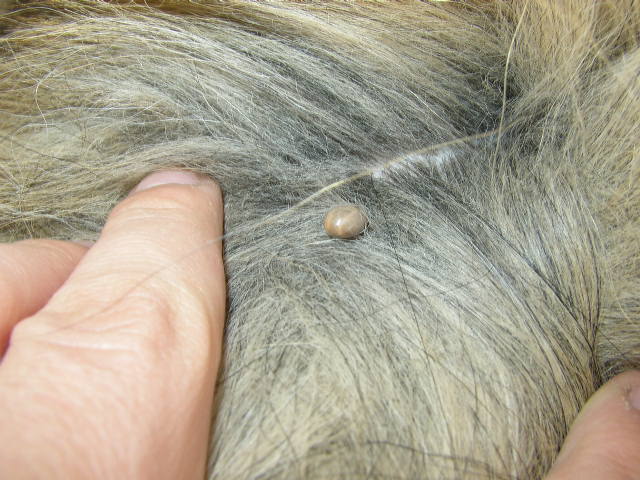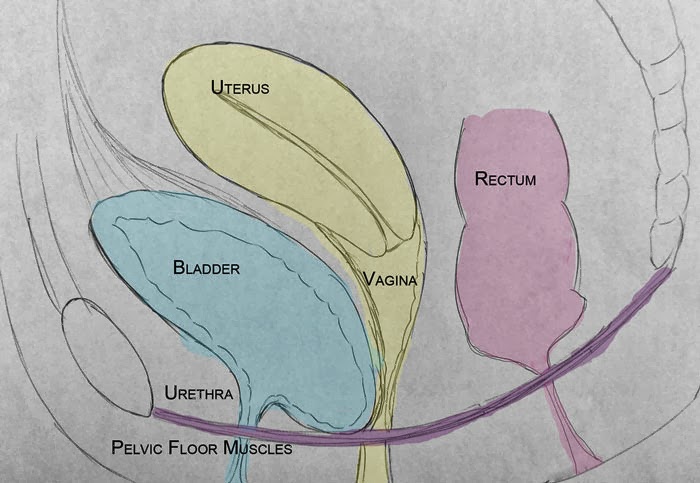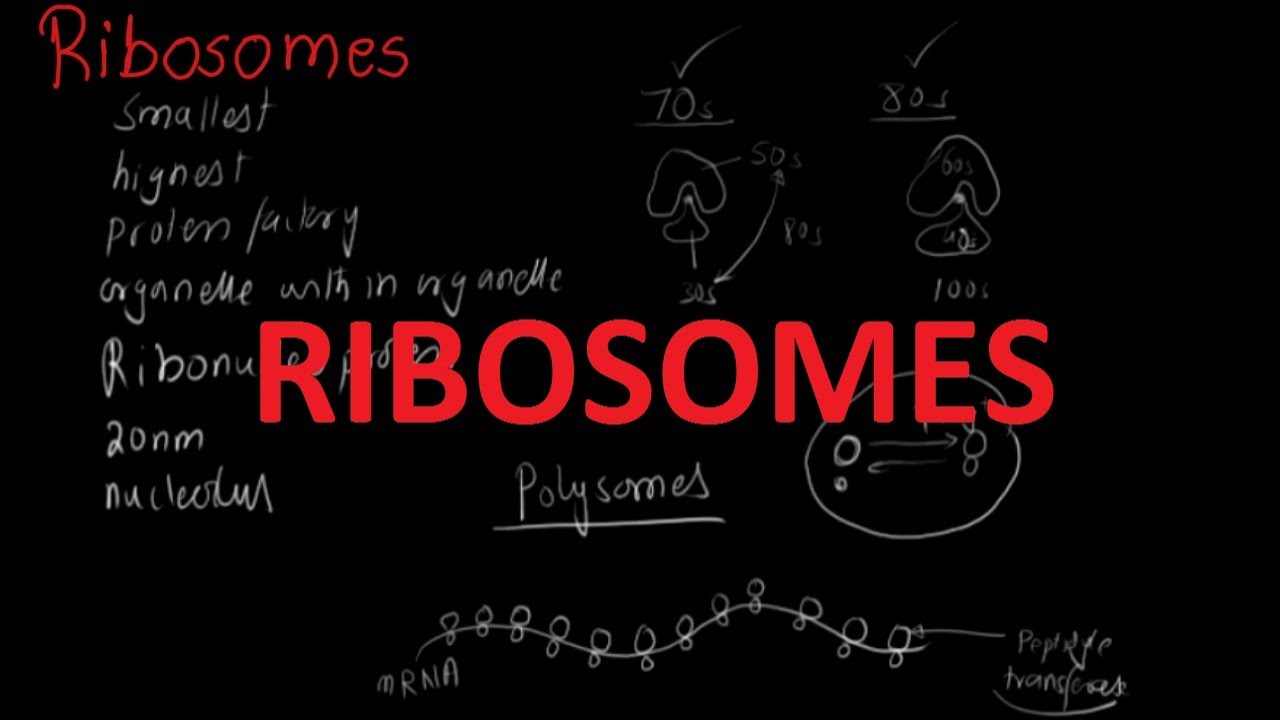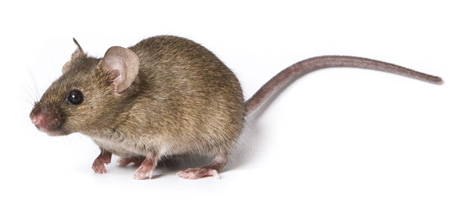Hookworms can be easily destroyed using the correct deworming product, however, removing them from the environment will be the real challenge.
If your dog or puppy was recently diagnosed with hookworms, do not despair. With the right de-worming product, you should be able to remove this parasite from your dog’s intestinal tract without problems. More effort, however, will be required to prevent your dog or puppy from getting infected again. This is due to the fact that hookworm eggs are passed into the stool and quickly hatch into larvae, which can then re-infect your puppy through ingestion or skin contact. Appropriate disinfection and strict kennel hygiene is a must in controlling and preventing future hookworm infestations.
Steps to Remove Hookworms From Your Dog and the Environment
Administer the hookworm de-wormer as per your veterinarian’s instructions. According to Dr. Dan Wasmund, a veterinarian working for the Woodside Veterinary Hospital in Devola, Ohio, a dewormer containing pyrantel pamoate as the active ingredient is effective against hookworms.
Pick up all the feces from the yard or areas your puppy or dog commonly frequents. Use the dog waste bags to perform this task. It is important to clean up the feces as soon as they are produced to prevent the eggs from hatching and larvae to thrive. Consider that under favorable conditions, hookworm eggs hatch and develop into larvae within 12 to 18 hours.
Move your dog to a non-infested area. Keeping your puppy or dog on concrete surfaced runs or runs with deep pebble coverings will be a better option than dirt surfaces since they dry easily and exposure to sunlight will kill the larvae.
Test your dog’s stool three weeks following treatment. This will ensure all migrating hookworms have been eradicated from your puppy’s intestinal tract. Since de-wormers typically kill only the adult hookworms, a second hookworm treatment may often be necessary to destroy all hookworms once and for all.
Tips for Effectively Removing Hookworms
Do not expect to actually see the hookworm, typically, they are barely visible, being a half inch long and very thin.
Strict hygiene is necessary as hookworm larvae are able to penetrate through the skin of your puppy or dog.
Consider that hookworm larvae thrive in moist soil or on damp grass awns.
Warnings When Dealing with Hookworms
Hookworms are zoonotic and therefore can be transmitted to humans. The larvae penetrate unprotected skin, such as upon walking barefoot on contaminated soil or sand.
Puppies and heavily infested dogs may become anemic and require supportive care and blood transfusions in severe cases.
Not all dogs develop symptoms when infected with hookworms.
Juvenile migrating hookworms may not be killed by the wormer; this is why a second treatment may be necessary.
Keep children away from hookworm-contaminated areas.









